Florida and California have the highest number of gated communities, in part because of weather and space. Retirees in particular chose Florida in the 1970s because of the lower taxes.
CNBC toured three gated communities in Palm Beach County, Florida. The most desirable neighborhoods tout amenities like golf access, water access, or “concierge-style living,” said Lindsey Tronolone, realtor at The Jupiter Group at Compass.
“The market is changing for gated communities that have really these top-tier amenities,” she said.
While security remains a key and desirable feature, it’s not as heavily emphasized in the U.S. as in other countries where rates of violent crime are higher. Some gates in the U.S. are manned, while others are not.
“I think it’s a little bit less tied to an actual need for security and more to control access to the community,” said Peter Dennehy, senior vice president of consulting at John Burns Research and Consulting.
Gated communities typically have Homeowners Associations that collect fees and enforce rules. There may also be additional membership dues for the use of facilities. And homes in gated communities are, on average, between 5% and 10% more expensive than similar homes in the same area, or as much as 10% to 20% in some of the most desirable cities, according to Dennehy.
HOA fees for the three communities CNBC visited ranged according to upkeep and amenities; the first community, Bay Reach, has fees of between $500 and $800 monthly. The second, PGA National, requires $915 annually, plus additional dues between $76 to $950 monthly. The third, Frenchman’s Reserve, asks between $2,770 and $5,050 quarterly. None of this includes membership fees.
Yet these homes also tend to have higher appreciation rates.
“Every HOA is different, but in the well-maintained, popular ones, that’s why people keep coming back. That’s why homes are selling off market quickly,” said Tronolone.
Watch this video to learn more.

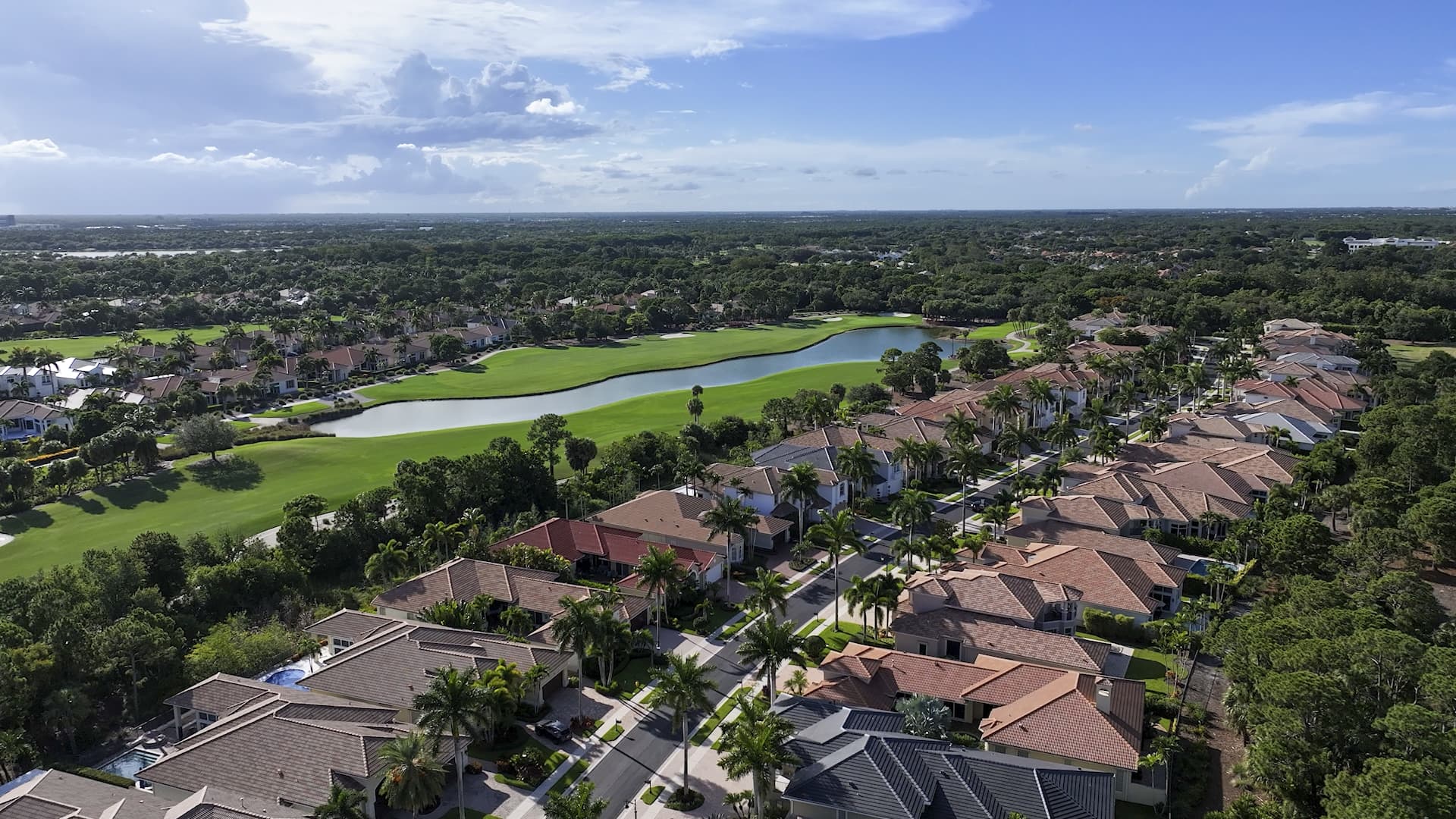


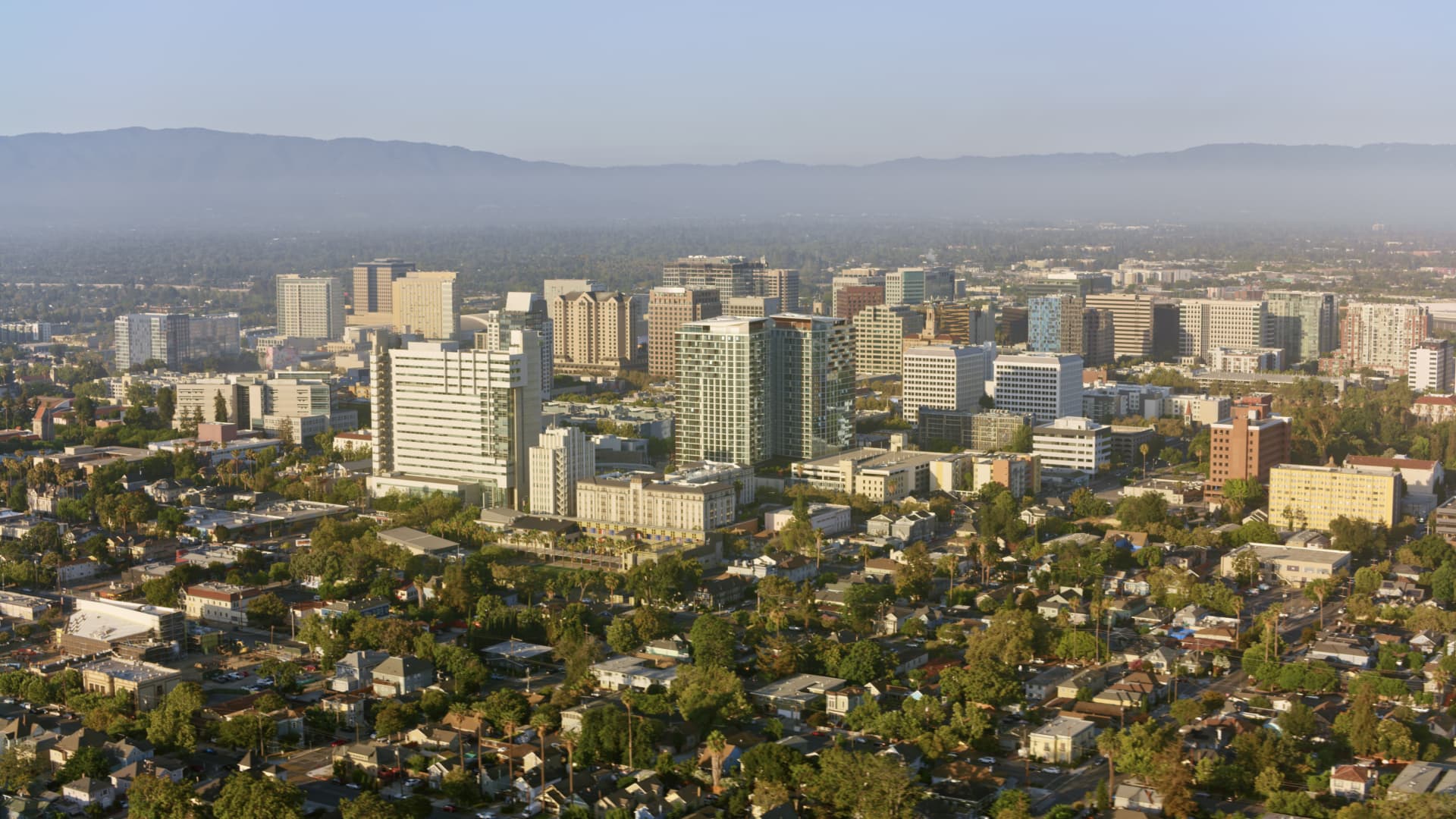
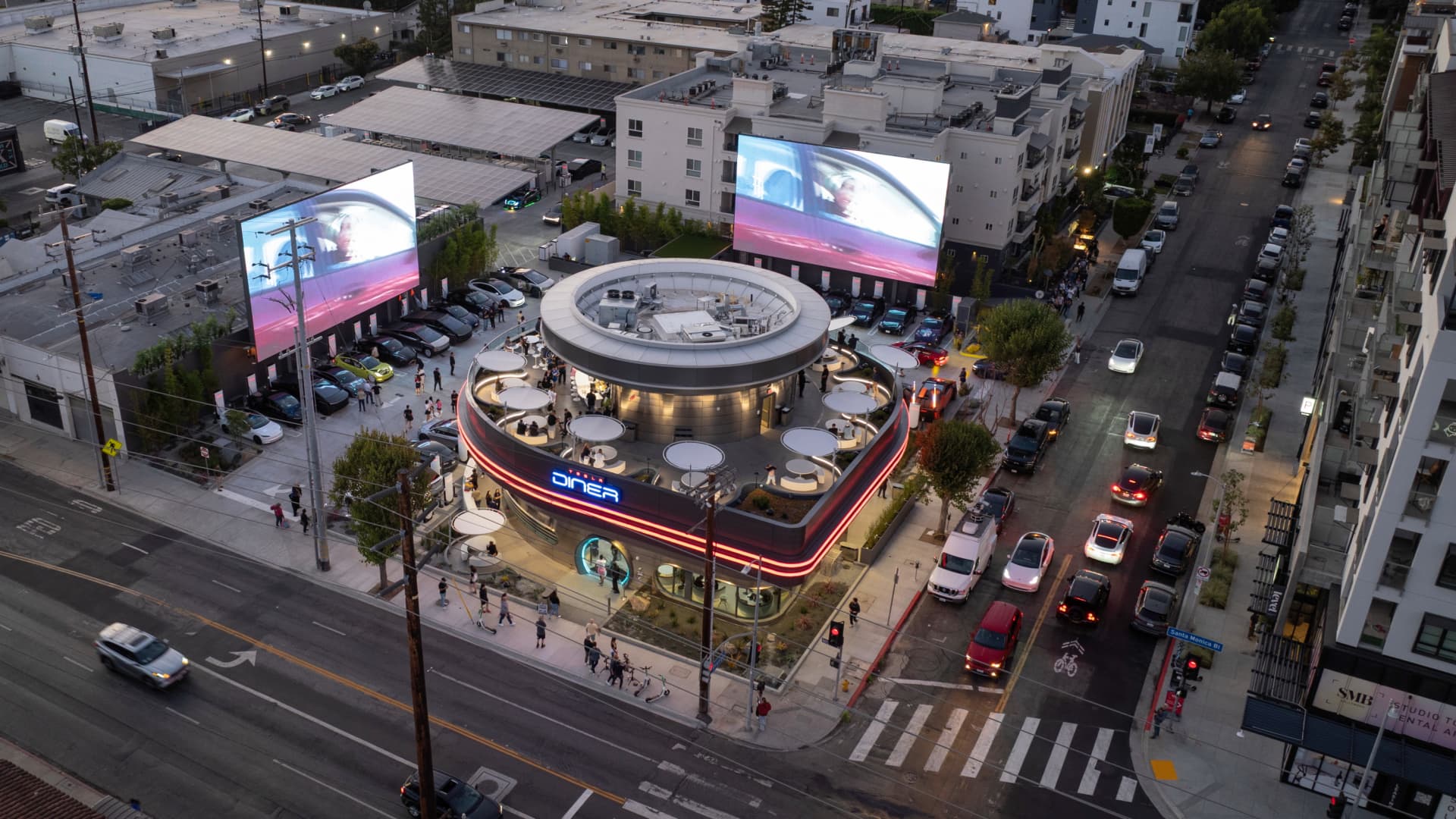







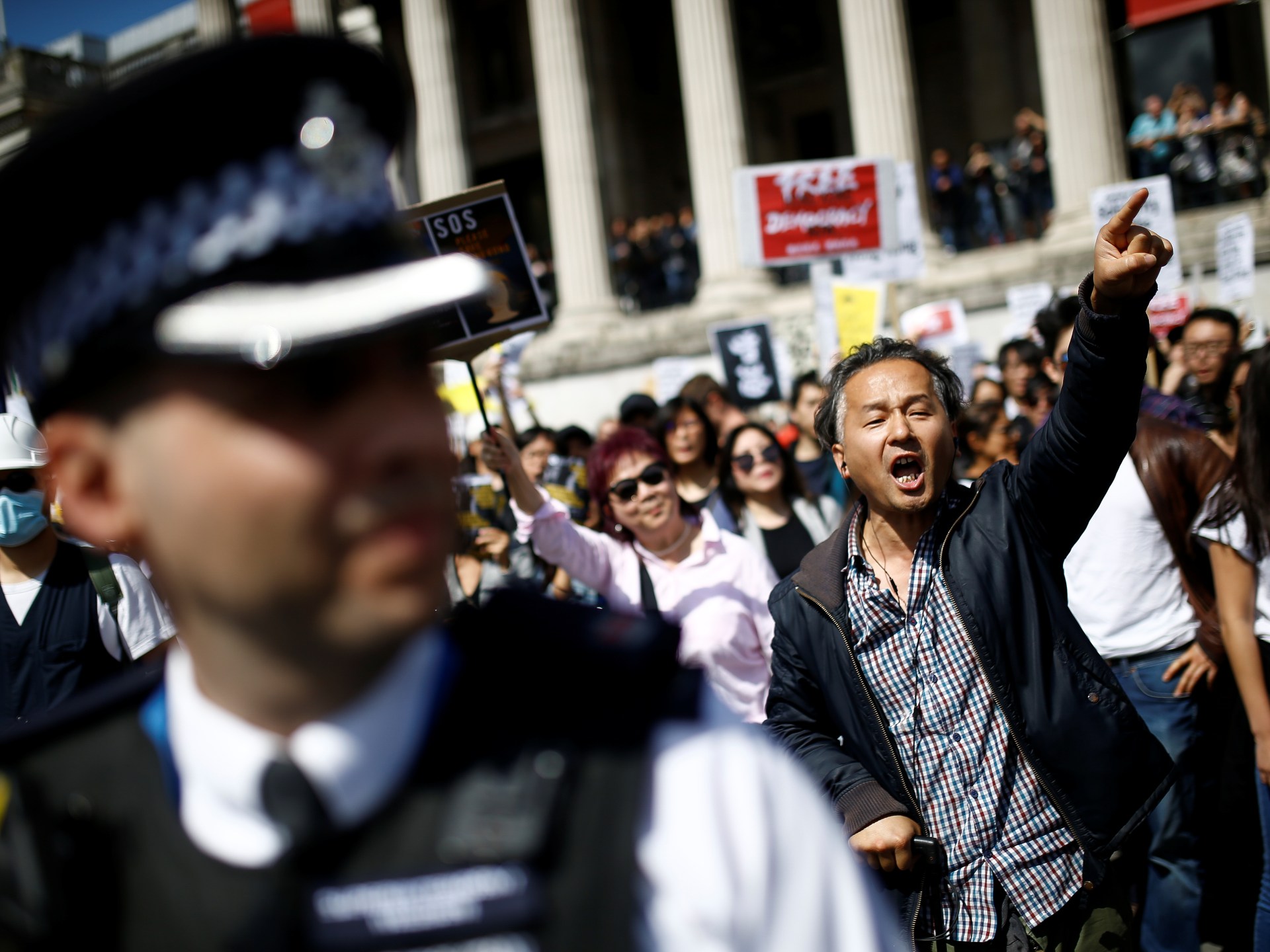
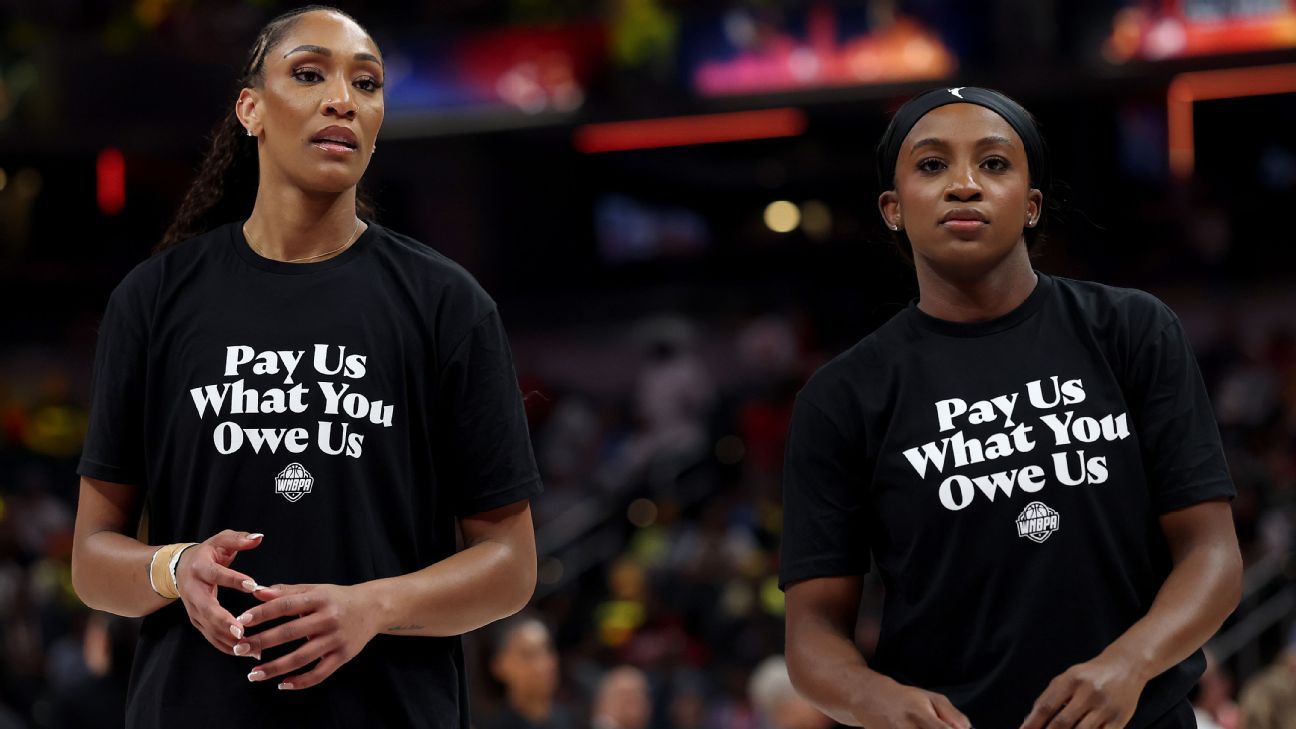
Leave a Reply